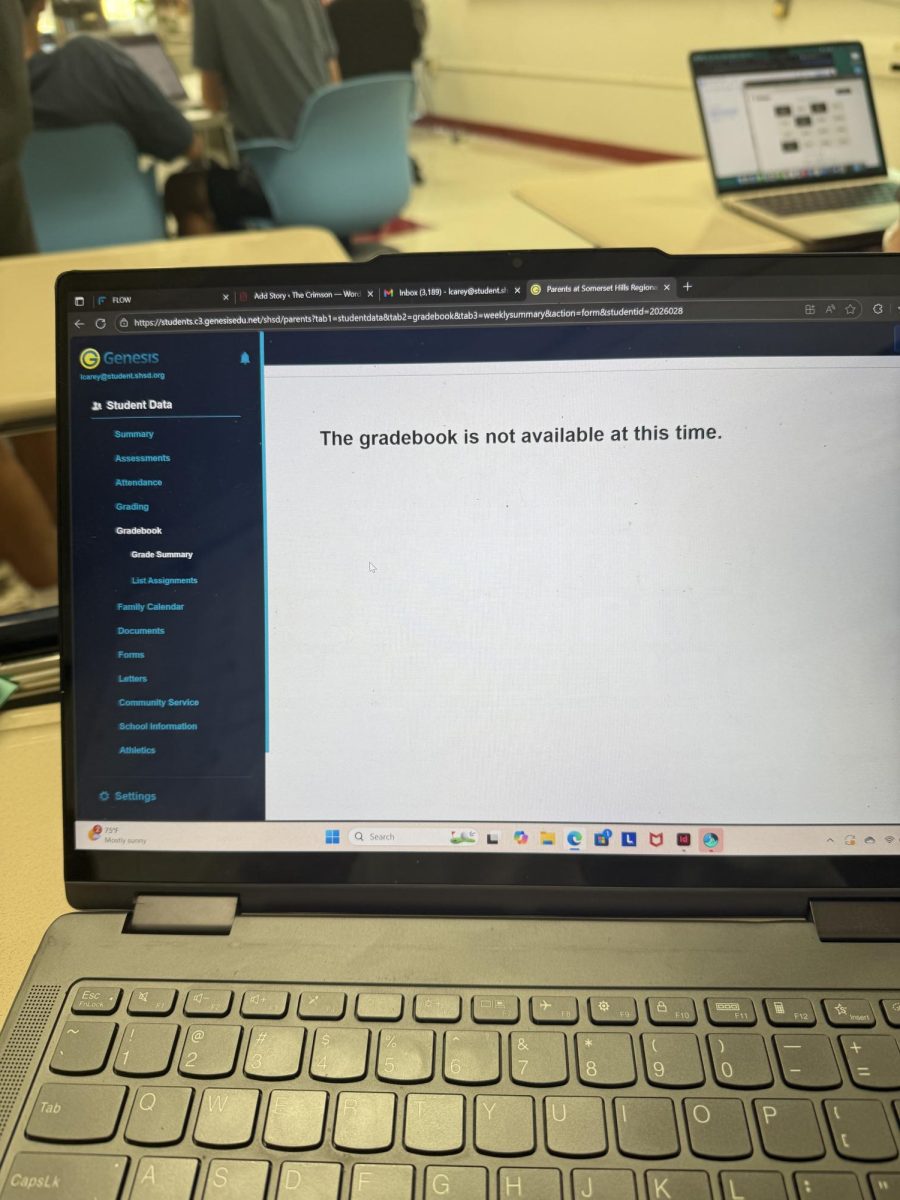Many states around the country including New Jersey, New York, California, and Florida have reported a shortage of language teachers over the last decade. According to ACTFL.org, six years ago, in 2018, 49 out of 56 U.S. states and territories reported a shortage of qualified language teachers. This issue has since spread to BHS in just the last few years.
According to Mr. Catelli, the head of the Language Department at BHS, “Around the start of COVID, across the nation schools struggled to fill positions including language, math, and science.” Additionally, Mr. Catalli states, “We posted about it and sent out applications, but nobody applied.” Clearly, the issue involving language teachers is not uncommon around the country and affects other schools in the area. “I’ve talked to other people in the area who share the same job as me, and we discuss which virtual websites we use. Some schools have even emailed me asking if we have a French teacher or a German teacher.”
During the 2023-2024 school year, one of the French teachers at BHS went on leave resulting in a need for a part-time teacher. Due to the nationwide shortage, the language department chose a virtual teacher to fill in. In addition to a virtual teacher, classes were also combined which caused confusion amongst the students.
“It was very hard for my peers and I to focus and understand what was going on in the class,” explains Ella Patel, a junior here at the high school who experienced the class firsthand. Mrs. Thatcher’s class, however, is not the only class that has been affected by the shortage of language teachers.
This year, a Spanish teacher at the school is out on leave from September to January. Failing to find an in-person teacher, the language department had to find yet another virtual teacher for the class. Of course, there is a teacher in the classroom who supervises, but ultimately, the class is taught by a virtual teacher from Argentina.
As a student in the class, it is evident that the virtual experience is far different from the in-person experience. Comprehending information and staying focused is much harder since all one is doing is listening. Additionally, navigating through the online site, “Otus,” can be confusing and difficult to get used to. Otus is used to complete assignments and tests for the class. However, with no prior knowledge of how to use the site, kids are constantly confused. Usually, many students prefer in-person learning and learning that involves interaction. However, with a virtual teacher, both of these concepts are hard to accomplish.
Brady Cassedy, a freshman at BHS, states the challenges he faces with virtual learning in the Spanish class.
He states, “The pace of the class is very fast making it hard to learn.” A lack of visuals, and interaction, along with a confusing website and a very fast pace makes virtual learning a poor option. It’s important to remember that the administration has done a great job combating all the issues that come with virtual learning.
Ultimately, the virtual learning experience is a waste of time for the students, and it should be abolished. Other options include making larger classes, and or encouraging kids to try other languages. There are currently three non-virtual Spanish II classes, which means that there are openings for students who are currently in class with the virtual teacher to join an in person class. If students in the virtual class were distributed throughout the three in-person teachers then no kids would be subjected to the waste of time that is virtual learning.













